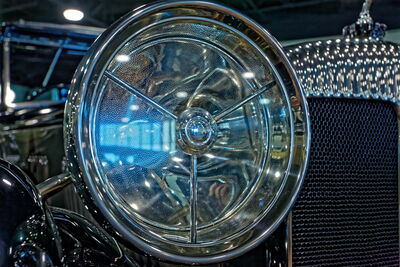Post processing Halo's
Feb 17, 2019 11:23:48 #
amfoto1 wrote:
There's a limit to how much can be done using the ... (show quote)
No halos, and realistic background without tell-tale cloning repetition, clean column edges, etc. That's the way to get it done!



Feb 17, 2019 11:31:47 #
Take a step back in the processing, and go easy on the tone-mapping. And if you know how to make selections, apply tone-mapping only to sections within the image which specifically need it, and no more than they need it - this should reduce halo effect significantly.
Feb 17, 2019 11:51:06 #
Thanks to all for your thoughtful recommendations-- I'll be kind to me & call the image a snap shot -
This is what this one takes when traveling with an over organized tour group. Just take the damn shot don't get lost from the group -- move on & be on the bus in the right seat in an hour. Hoping to return some day all on my own. Got to learn a lot more Ital. to do that
Again
THANKS
This is what this one takes when traveling with an over organized tour group. Just take the damn shot don't get lost from the group -- move on & be on the bus in the right seat in an hour. Hoping to return some day all on my own. Got to learn a lot more Ital. to do that
Again
THANKS
If you want to reply, then register here. Registration is free and your account is created instantly, so you can post right away.

